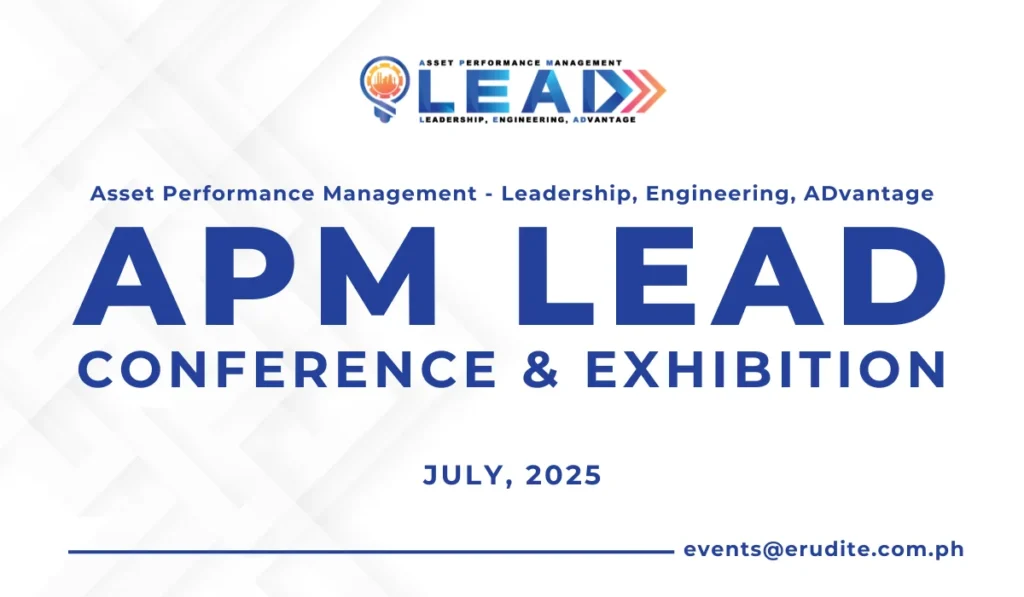
The LEAD (Leadership, Engineering, ADvantage)
The LEAD (Leadership, Engineering, ADvantage) Conceptual Framework is an innovative approach to asset management that emphasizes the synergistic relationship between leadership, engineering excellence, and strategic advantage. By integrating this framework with the established ISO 55000 Asset Management standard, organizations can create a dynamic, resilient, and efficient asset management system. Let’s explore the components of the LEAD framework and their relationships to each other.
LEAD Framework Components
1. Leadership (L): Leadership in the LEAD framework refers to the strategic role that leaders play in championing asset management within an organization. Leaders set the vision, allocate resources, and cultivate a culture that values continuous improvement and innovation in managing assets. Effective leadership ensures alignment between asset management strategies and organizational goals.
2. Engineering (E): This component focuses on the application of engineering principles to improve the design, operation, and maintenance of assets. It involves leveraging technological advancements, such as predictive analytics and IoT devices, to enhance asset performance and reliability. Engineering excellence supports proactive and informed decision-making regarding asset management.
3. ADvantage (AD): ADvantage represents the strategic benefit an organization gains by effectively managing its assets. It includes achieving operational efficiency, reducing costs, mitigating risks, and ensuring compliance. The ADvantage component underscores the importance of asset management as a key driver for gaining a competitive edge in the market.
LEAD Conceptual Framework within ISO 55000
Organizational Strategic Plan: Leadership
- Leadership steers the organizational strategic plan, aligning asset management objectives with customer needs, legislation, investor expectations, and the commercial environment.
- Leaders are responsible for ensuring that the asset management strategy is responsive to external and internal influences and that it remains dynamic and forward-thinking.
Scope of Asset Management: Engineering
- Engineering infuses technical expertise into the entire scope of asset management, from strategy and planning to risk and review.
- Engineering ensures that the asset management processes are designed and executed according to best practices, technological advancements, and operational efficiency.
Strategy & Planning: Leadership & Engineering
- Leadership defines the vision and objectives within the strategy and planning phase, while engineering translates these into actionable plans.
- This phase involves setting out the long-term plans for asset acquisition, operation, maintenance, and disposal, taking into consideration engineering realities and innovation potentials.
Lifecycle Delivery: Engineering
- Engineering plays a vital role in managing the lifecycle delivery of assets.
- It ensures that the processes of acquiring, operating, maintaining, and disposing of assets are conducted efficiently, cost-effectively, and in line with the engineering standards.
Asset Management Decision Making: ADvantage
- The ADvantage component of LEAD involves making informed decisions that offer the organization a competitive edge.
- Asset management decision-making is informed by detailed asset information and aims to leverage assets strategically for operational and financial gains.
Asset Information: Engineering & ADvantage
- Accurate and comprehensive asset information is essential for informed decision-making.
- Engineering ensures the quality and reliability of asset data, while the ADvantage component uses this data to drive strategic benefits.
Risk & Review: Leadership & ADvantage
- Leadership ensures that risk management processes are established and integrated into the organization’s culture, while ADvantage involves assessing the strategic implications of these risks.
- Regular reviews led by leadership can determine the effectiveness of asset management strategies and identify areas for improvement.


